Hello and welcome once more to another week of Tinto Maps. This week we are going to the lands even further to the East and taking a look at Korea and Japan. So, without further ado, let’s get started.
Countries


Korea during the Goryeo dynasty was under the orbit of Yuán, and had very close ties with it, with the Yuán emperors taking Korean wives. The north, though, and also Tamna in the Jeju island wouldn’t be unified under Korea until the following Joseon dynasty, so they are still separated although all of them also under Yuán. On the other side, Japan starts in a very interesting situation. After a failed attempt to overthrow the shogunate and restore imperial power during the Kenmu restoration, one of the generals that contributed to such restoration, Ashikaga Takauji, in the end established his own shogunate in 1336 (just before the start of the game). The emperor had then to flee the capital and thus we start with the period of the Northern and Southern Courts, with two opposing Emperors and the shogun fighting for legitimacy. So, although it appears unified at first glance, Japan hides many internal divisions within (more on that later). Further South, the kingdom of Ryūkyū is not yet unified, so the three mountain kingdoms of Hokuzan, Chūzan and Nanzan vie for supremacy over the island.
Societies of pops

Basically already shown in the Manchuria Tinto Maps, but they need to be shown here too, especially the Ainu.
Dynasties

 As it happens in China, the “Goryeo dynasty” name is actually not the name of the dynasty itself, which is actually the house of Wang.
As it happens in China, the “Goryeo dynasty” name is actually not the name of the dynasty itself, which is actually the house of Wang.
Locations









Provinces






 Here (as well as with the areas next) we have tried to follow the administrative division of both countries in period, but we’ve had to make some adjustments. In Korea, we had to account for the fact that historically, almost immediately after the start of the game the Josen dynasty took over and the administrative divisions are somewhat different, so we’ve adjusted them together (and had to divide some of the bigger provinces for gameplay reasons). In Japan, the administrative divisions remained virtually unchanged since the establishment of the Ritsuryō system in the 7-8th century until after the Meiji restoration in 1868. However, we still had to make some adjustments, and the smaller ones had to unfortunately disappear.
Here (as well as with the areas next) we have tried to follow the administrative division of both countries in period, but we’ve had to make some adjustments. In Korea, we had to account for the fact that historically, almost immediately after the start of the game the Josen dynasty took over and the administrative divisions are somewhat different, so we’ve adjusted them together (and had to divide some of the bigger provinces for gameplay reasons). In Japan, the administrative divisions remained virtually unchanged since the establishment of the Ritsuryō system in the 7-8th century until after the Meiji restoration in 1868. However, we still had to make some adjustments, and the smaller ones had to unfortunately disappear.
Areas

Terrain



Very mountainous and forested areas both, so the few plains have to be taken the most advantage of.
Development

Not bad developed areas, but obviously development decreases the further north it goes.
Natural Harbors

Cultures

Korea is mainly Korean, and Japan has been divided into four main groups. Besides this, we also have Ainu in the north, Jeju in Jeju island and Ryūkyū in the Ryūkyū islands.
Religions

Korea has the same (name pending) religion as China while Japan is Shintō. I must say that this Shintō is not at all considered to be a Kami-exclusively-oriented Shintō nor the post-Meiji State Shintō in any shape or form. In all effects, it is considered under the Buddhism umbrella and it is treated as Buddhist Shintō, while of course including some different mechanics and references to the Kami too. The name Shintō was chosen basically because it’s more recognizable and identifiable with Japan. Besides this, there’s also the Ainu religion for the Ainu, and the Utaki religion for the Ryūkyū.
Raw Materials





 Not bad areas for resources, and plenty of rice and fish in Japan to get good sushi. The more observant of you will see that the resources of Hokkaido have already been adjusted thanks to feedback from the previous Manchuria Tinto Maps.
Not bad areas for resources, and plenty of rice and fish in Japan to get good sushi. The more observant of you will see that the resources of Hokkaido have already been adjusted thanks to feedback from the previous Manchuria Tinto Maps.
Markets

Some may find surprising the presence of Izumi as a Market in Japan, but it is the area that served as the main point of entrance for commerce into central Japan, where the merchant town of Sakai developed, until later Osaka developed under Toyotomi and basically took over that function.
Population







 Not much to say here, except that quite a bit of population waiting for some action.
Not much to say here, except that quite a bit of population waiting for some action.
Extraterritorial Countries



 I’m sure many of you were waiting for this. The samurai clans in Japan are represented as Extraterritorial Countries, and we have tried to be as close as possible to their distribution of territory in 1337. As you can imagine, that is not an easy task, and some more tweaking is needed, so if you have any feedback or extra info on that regard it would be much appreciated. Unfortunately, there’s some overlapping of some clans on the same territory and only one name can be shown at a time, so not all names are visible (the Oda clan is still there, I promise), but there are a total of 143 clans (not counting Ashikaga), plus two extra for each of the imperial courts that are present at start. Related to this, each clan will pledge its allegiance to either the northern or the southern court, mainly based on their historical allegiances but allowing a bit of leeway (and those allegiances don’t necessarily have to be permanent). So, as a bit of an extra tease, these are the allegiances of the clans at start (yellow are the north court supporters, blue are the southern court ones, and again keep in mind that only one color can be present even if there’s more than one clan with different allegiances in the same location)
I’m sure many of you were waiting for this. The samurai clans in Japan are represented as Extraterritorial Countries, and we have tried to be as close as possible to their distribution of territory in 1337. As you can imagine, that is not an easy task, and some more tweaking is needed, so if you have any feedback or extra info on that regard it would be much appreciated. Unfortunately, there’s some overlapping of some clans on the same territory and only one name can be shown at a time, so not all names are visible (the Oda clan is still there, I promise), but there are a total of 143 clans (not counting Ashikaga), plus two extra for each of the imperial courts that are present at start. Related to this, each clan will pledge its allegiance to either the northern or the southern court, mainly based on their historical allegiances but allowing a bit of leeway (and those allegiances don’t necessarily have to be permanent). So, as a bit of an extra tease, these are the allegiances of the clans at start (yellow are the north court supporters, blue are the southern court ones, and again keep in mind that only one color can be present even if there’s more than one clan with different allegiances in the same location)

And that is all for today. Next week there will not be any Tinto Maps due to being a bank holiday, so next one will be in two weeks for a look further south into South East Asia. See you there.
Countries


Korea during the Goryeo dynasty was under the orbit of Yuán, and had very close ties with it, with the Yuán emperors taking Korean wives. The north, though, and also Tamna in the Jeju island wouldn’t be unified under Korea until the following Joseon dynasty, so they are still separated although all of them also under Yuán. On the other side, Japan starts in a very interesting situation. After a failed attempt to overthrow the shogunate and restore imperial power during the Kenmu restoration, one of the generals that contributed to such restoration, Ashikaga Takauji, in the end established his own shogunate in 1336 (just before the start of the game). The emperor had then to flee the capital and thus we start with the period of the Northern and Southern Courts, with two opposing Emperors and the shogun fighting for legitimacy. So, although it appears unified at first glance, Japan hides many internal divisions within (more on that later). Further South, the kingdom of Ryūkyū is not yet unified, so the three mountain kingdoms of Hokuzan, Chūzan and Nanzan vie for supremacy over the island.
Societies of pops

Basically already shown in the Manchuria Tinto Maps, but they need to be shown here too, especially the Ainu.
Dynasties


Locations









Provinces







Areas

Terrain



Very mountainous and forested areas both, so the few plains have to be taken the most advantage of.
Development

Not bad developed areas, but obviously development decreases the further north it goes.
Natural Harbors

Cultures

Korea is mainly Korean, and Japan has been divided into four main groups. Besides this, we also have Ainu in the north, Jeju in Jeju island and Ryūkyū in the Ryūkyū islands.
Religions

Korea has the same (name pending) religion as China while Japan is Shintō. I must say that this Shintō is not at all considered to be a Kami-exclusively-oriented Shintō nor the post-Meiji State Shintō in any shape or form. In all effects, it is considered under the Buddhism umbrella and it is treated as Buddhist Shintō, while of course including some different mechanics and references to the Kami too. The name Shintō was chosen basically because it’s more recognizable and identifiable with Japan. Besides this, there’s also the Ainu religion for the Ainu, and the Utaki religion for the Ryūkyū.
Raw Materials






Markets

Some may find surprising the presence of Izumi as a Market in Japan, but it is the area that served as the main point of entrance for commerce into central Japan, where the merchant town of Sakai developed, until later Osaka developed under Toyotomi and basically took over that function.
Population








Extraterritorial Countries





And that is all for today. Next week there will not be any Tinto Maps due to being a bank holiday, so next one will be in two weeks for a look further south into South East Asia. See you there.



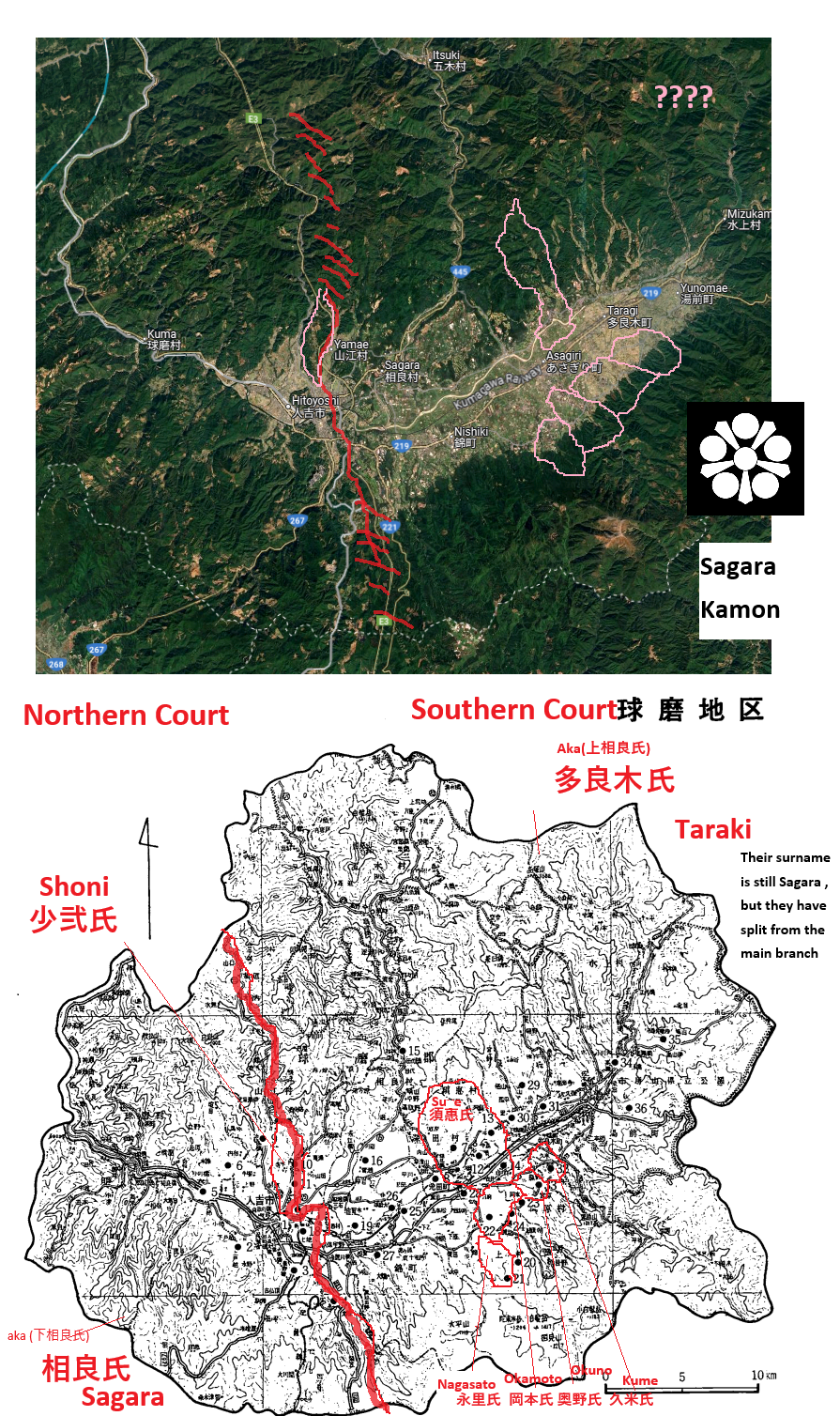
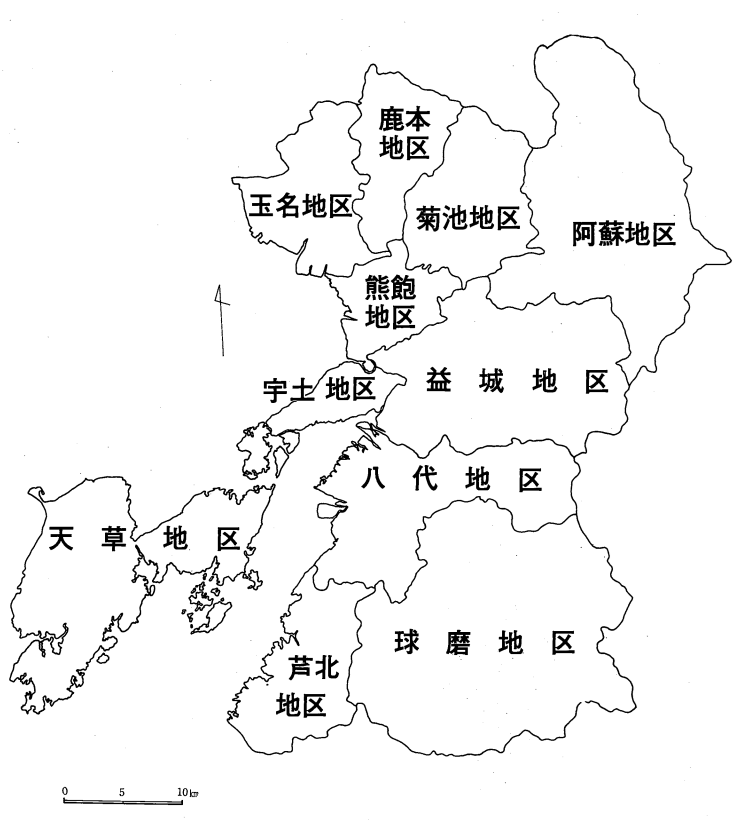
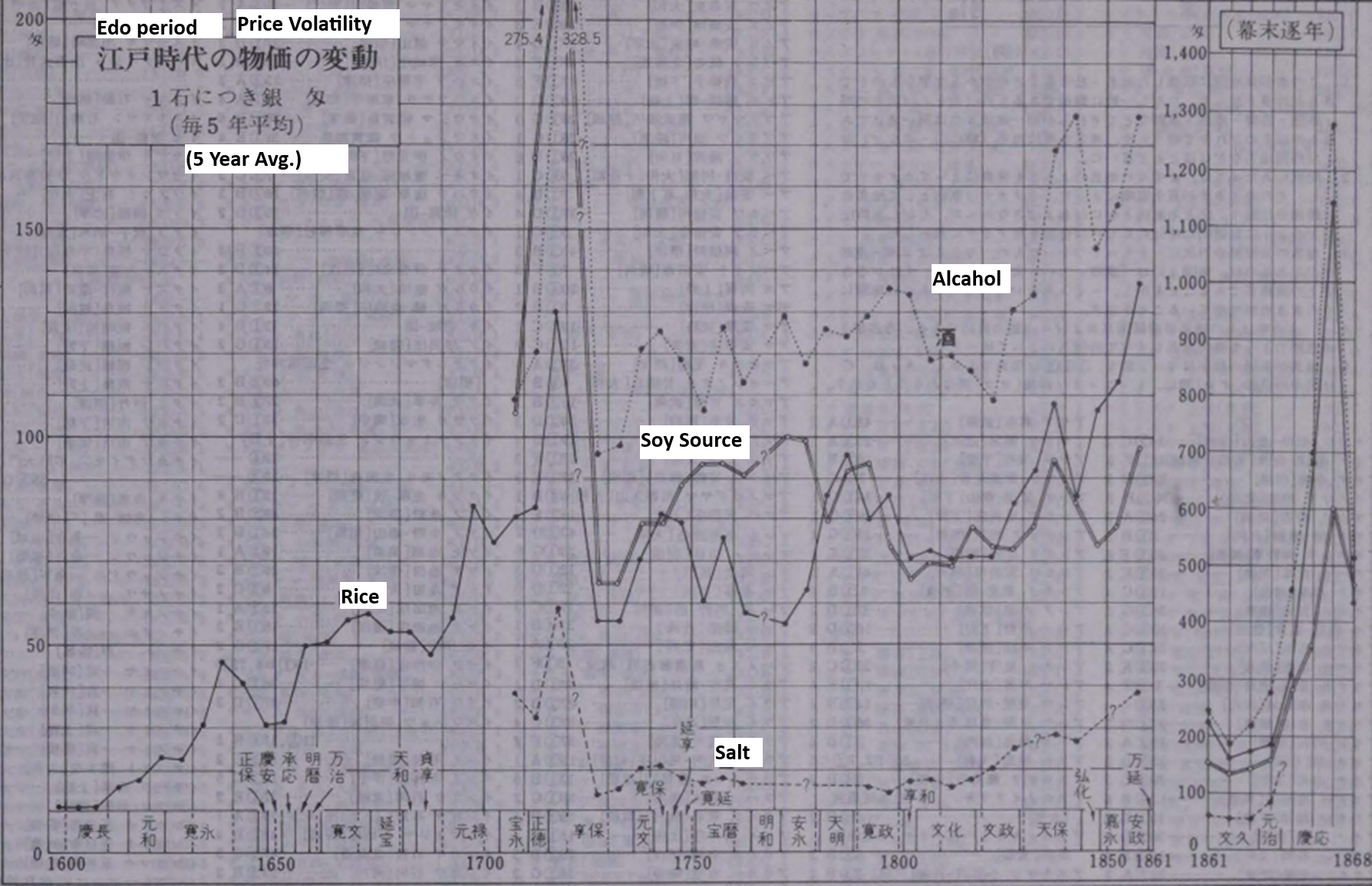
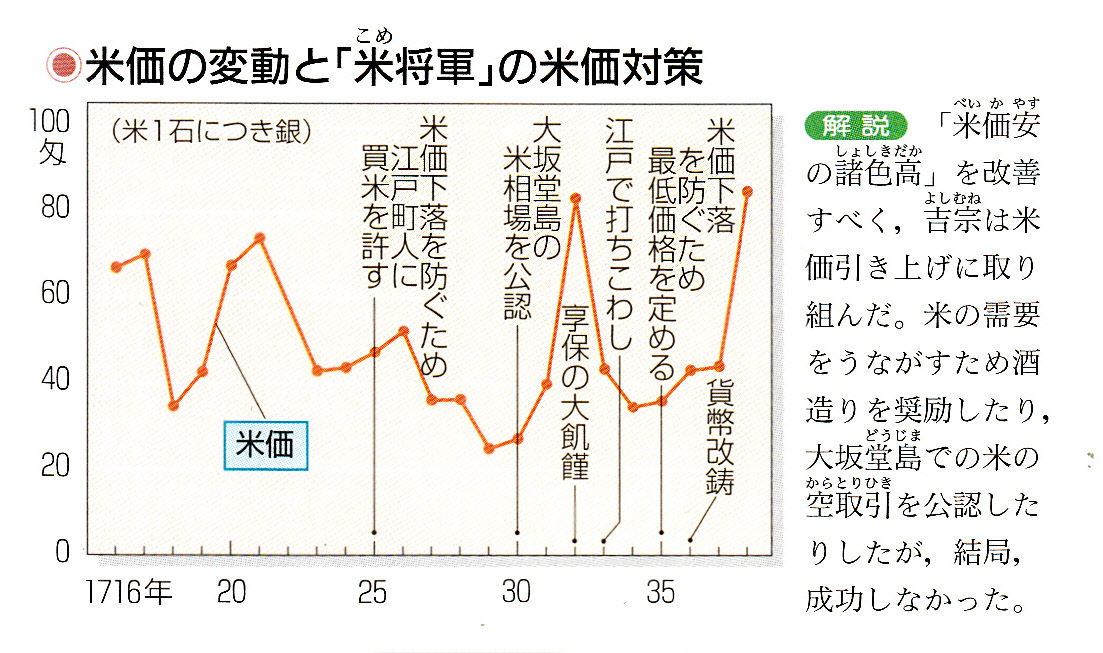
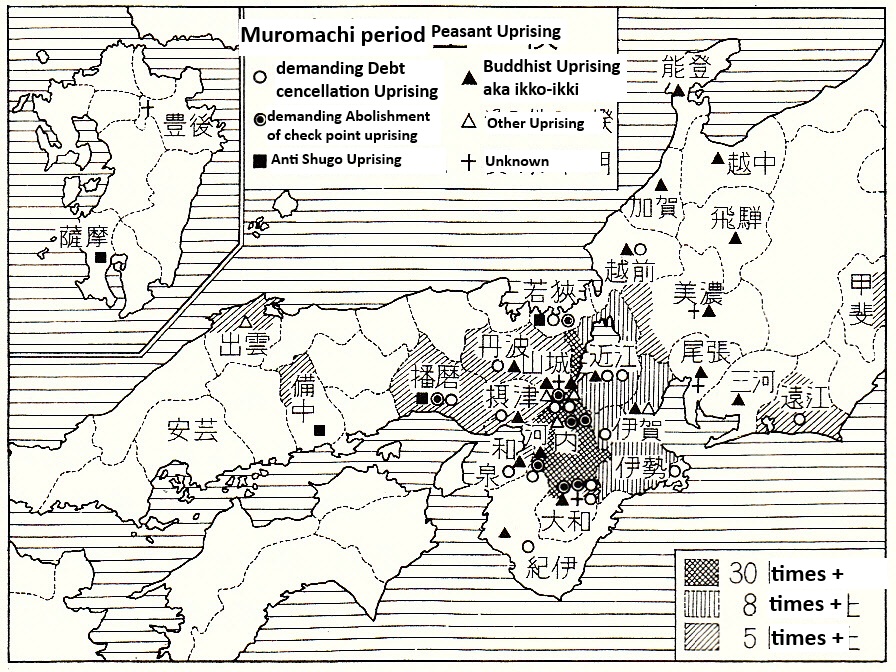
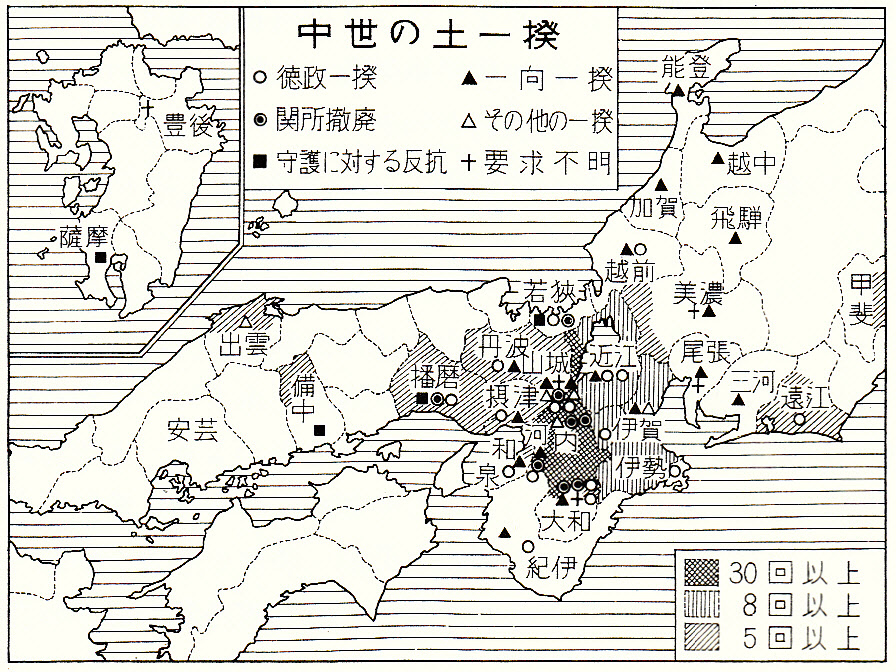
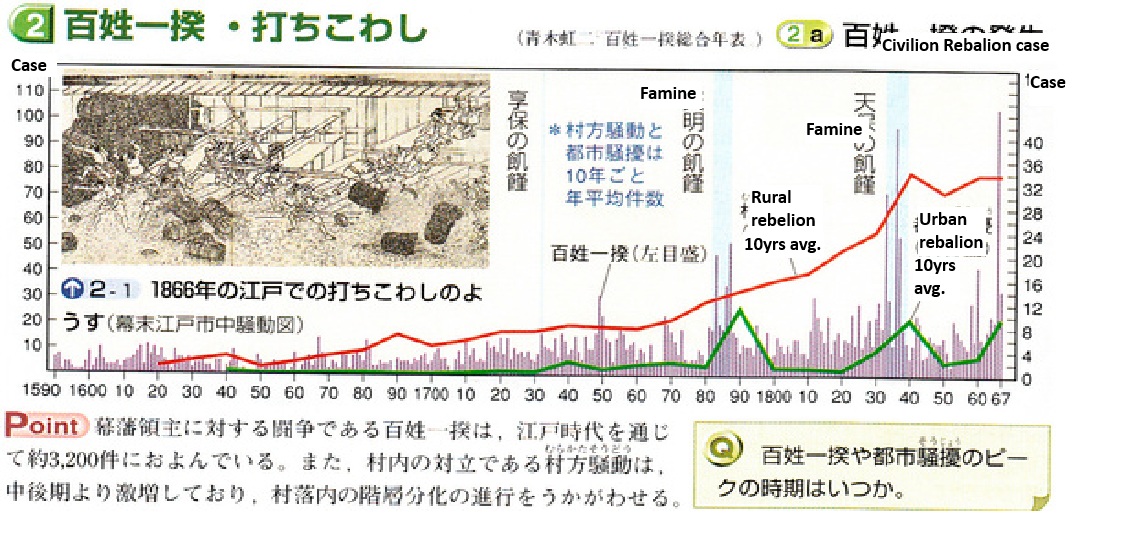
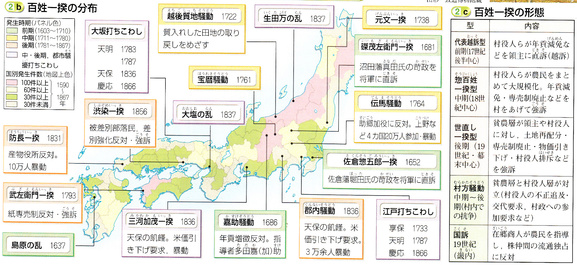
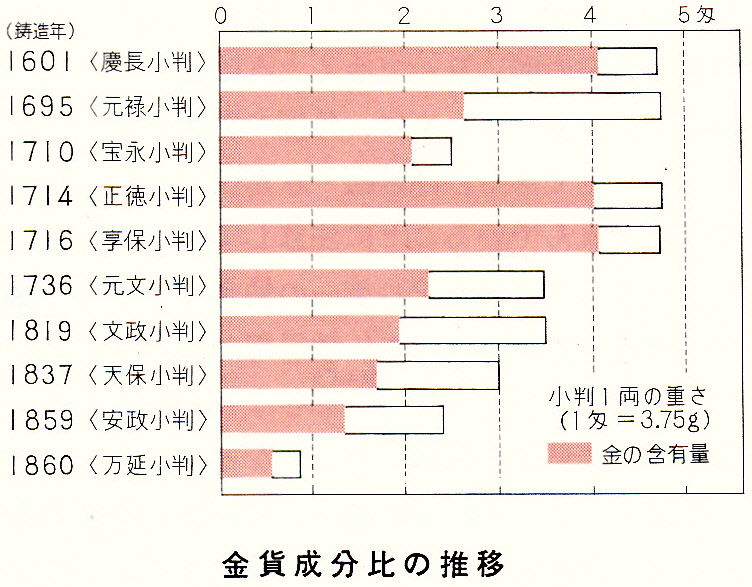
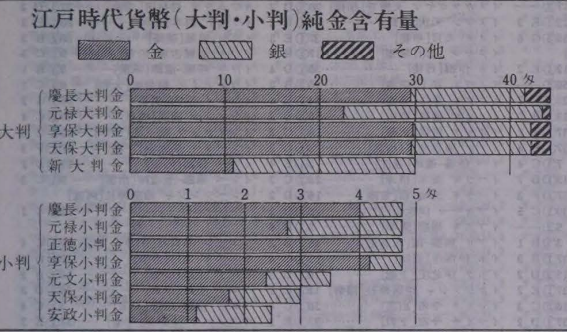
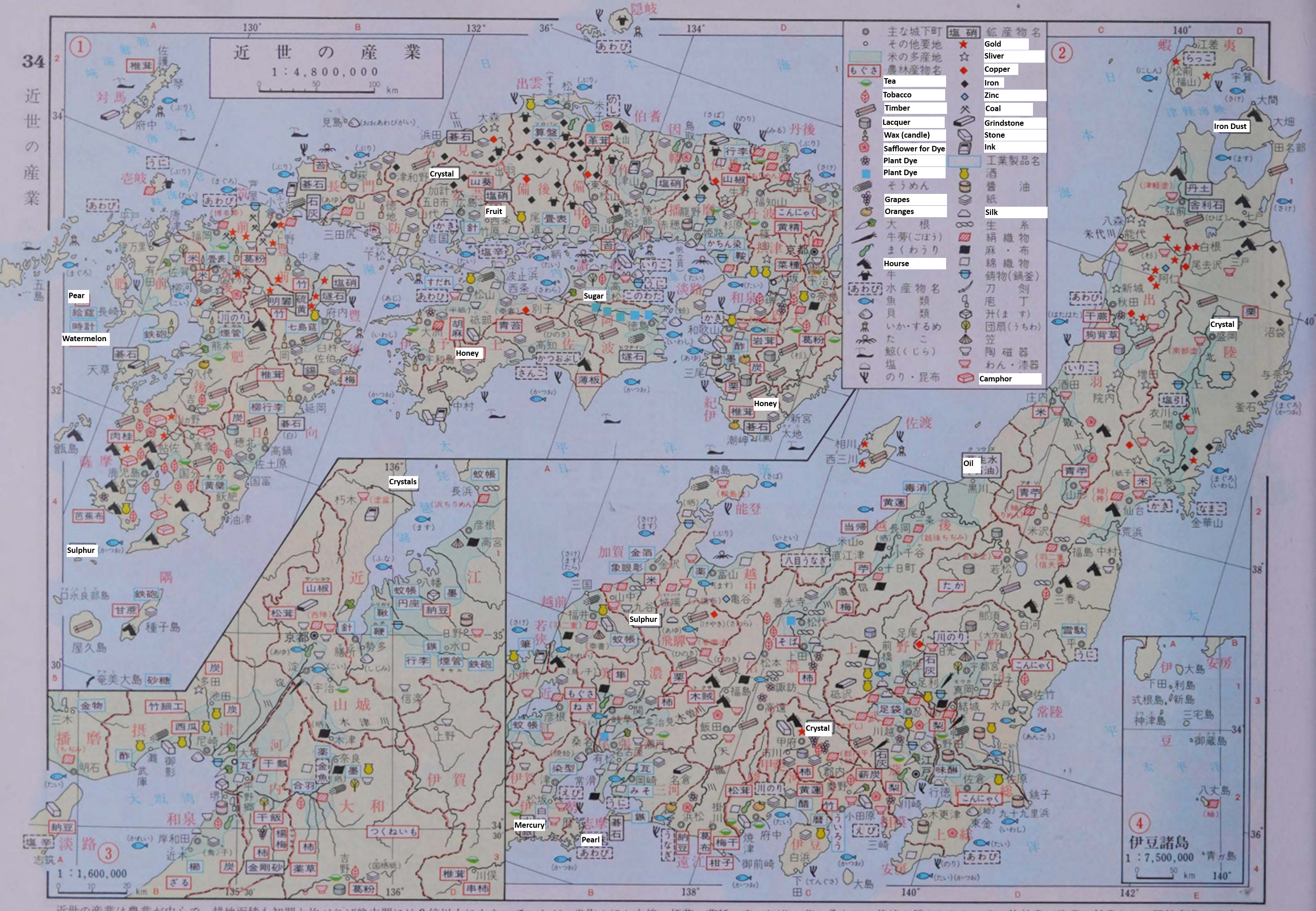
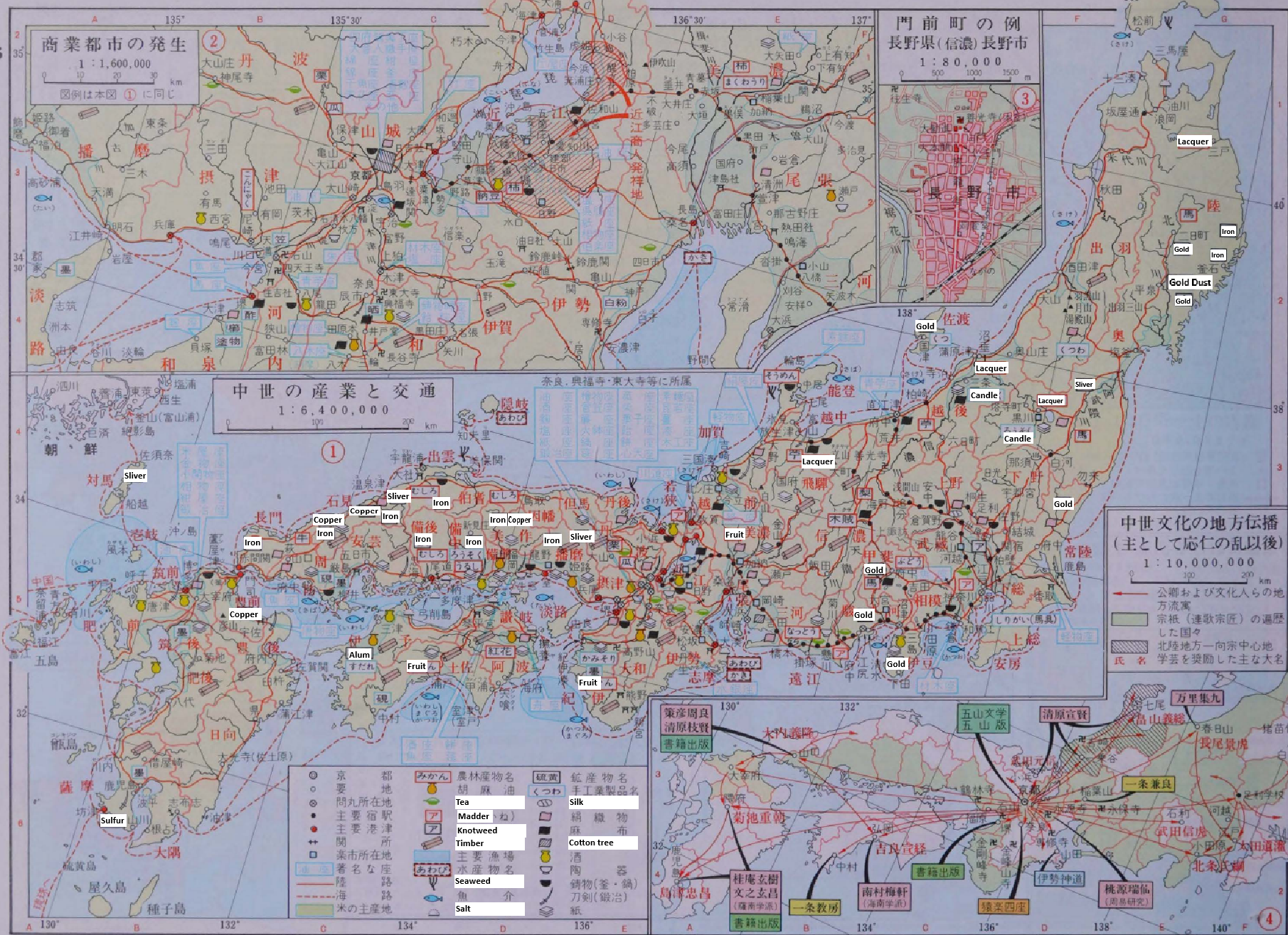
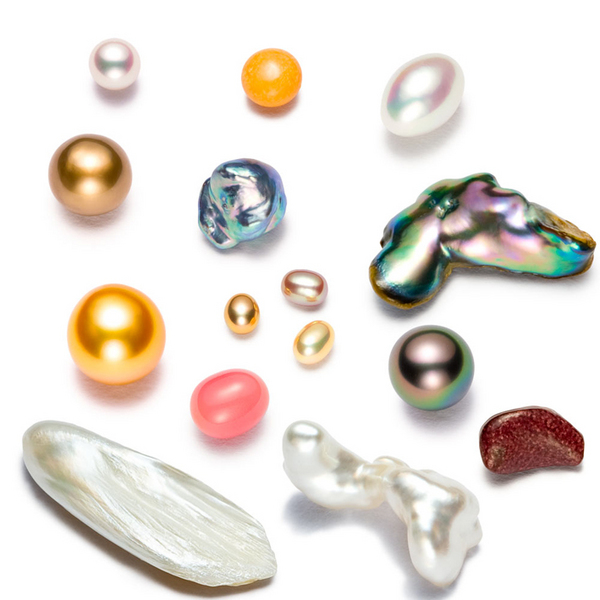
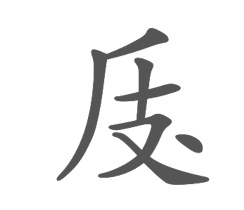
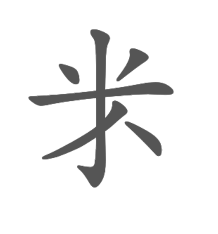
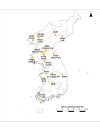
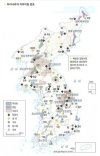
.png)
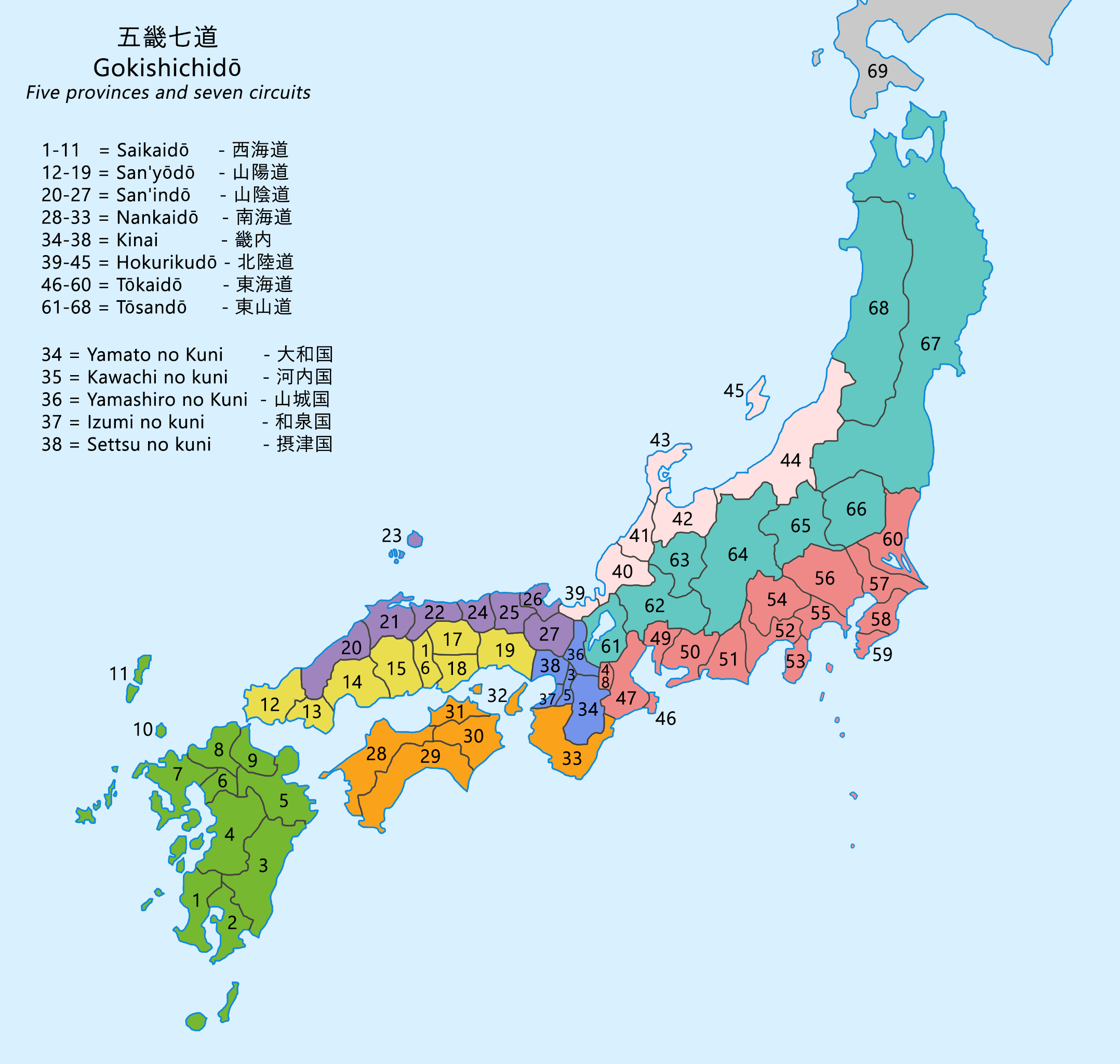
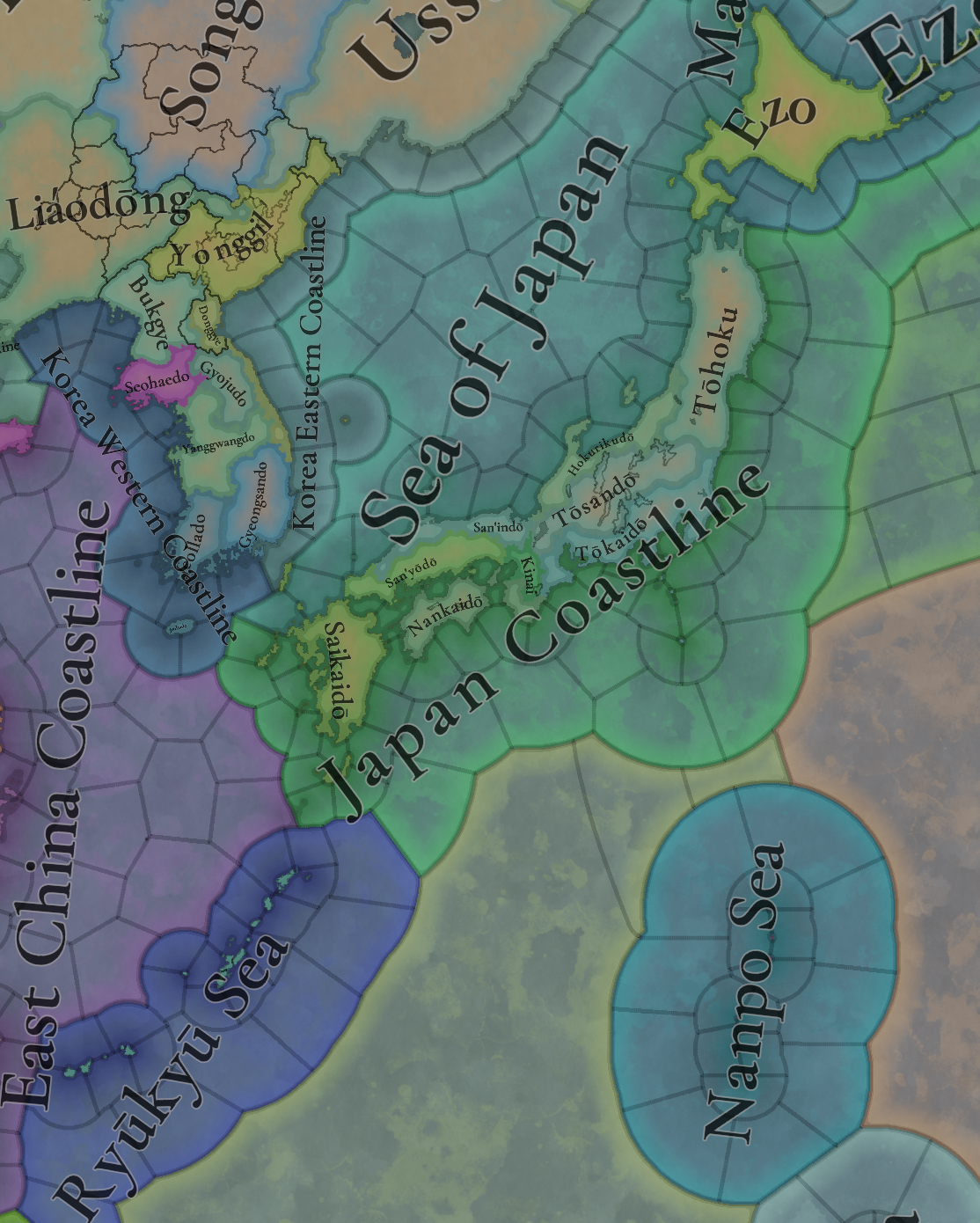
.png)


